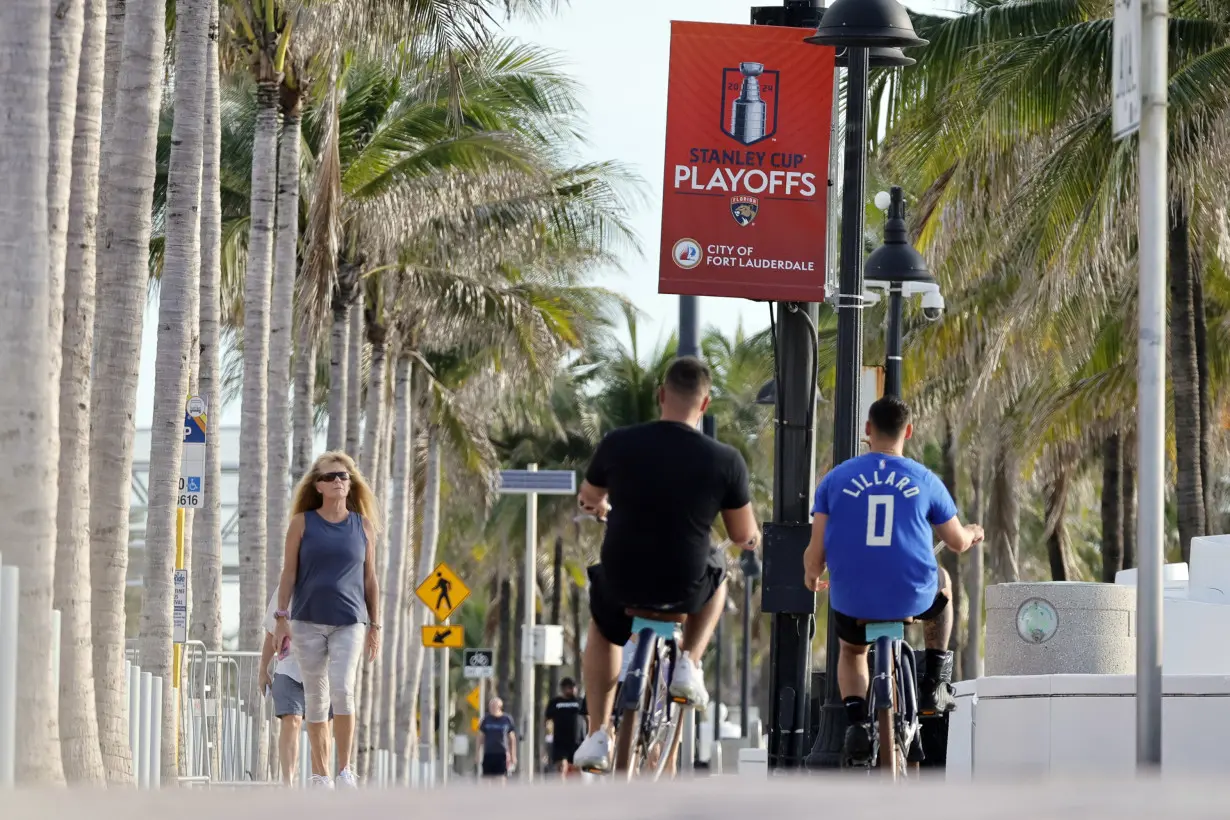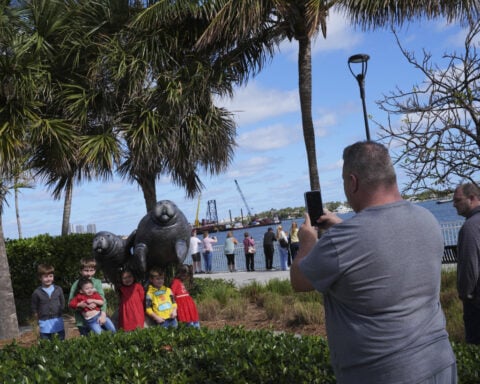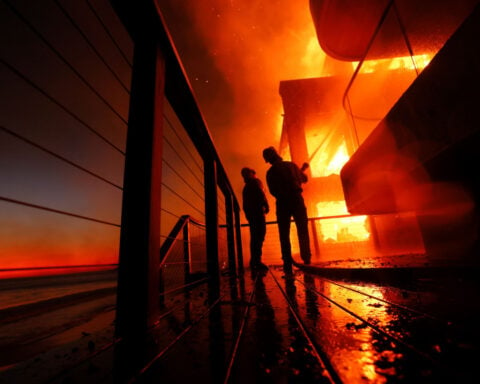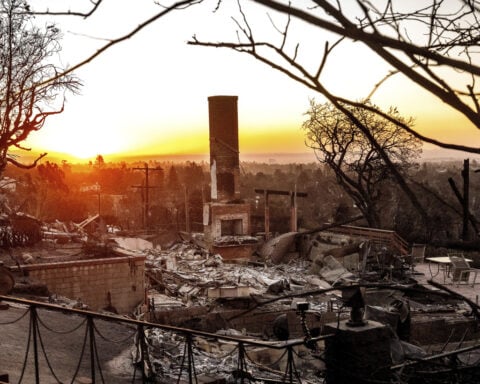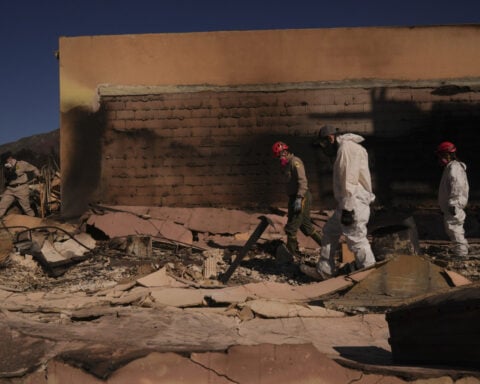FORT LAUDERDALE, Fla. (AP) — The summer doldrums have set in across much of the United States, with heat advisories being issued Saturday from Texas to South Florida.
In Miami, the temperature reached the low 90s Fahrenheit (32 degrees Celsius) before noon Saturday. That is largely because of the lack of clouds and rain, said Sammy Hadi, a meteorologist with the National Weather Service in Miami. He said it is not unusual to have a heat advisory this time of year in South Florida.
“It's just a hot stretch,” Hadi said. “Tomorrow there will be more coverage of showers and thunderstorm activity, so that should keep the temperatures below heat advisory thresholds.”
While rain may keep the temperatures down, it could dampen the spirits of thousands of people expected to show up in Fort Lauderdale for an oceanfront parade celebrating the Florida Panthers first-ever National Hockey League championship. So umbrellas and rain ponchos may be hot-selling items along the parade route down A1A.
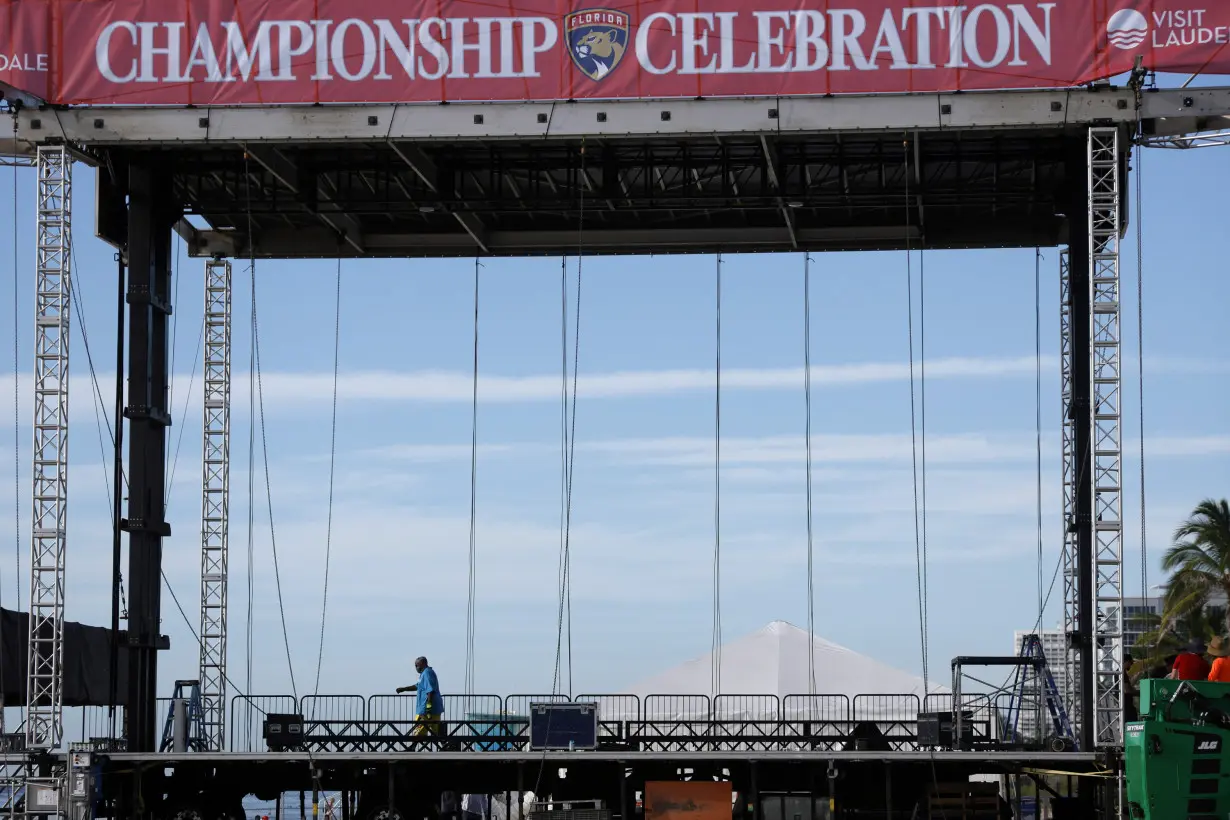
Scorching heat under a heat dome was blanketing parts of the southern Plains and many southern states Saturday. Excessive heat warnings were issued by the National Weather Service for northeastern Texas, the eastern half of Oklahoma, northern Louisiana and most of Arkansas. High temperatures are forecast near and above 100 degrees F (38 degrees C) with heat indexes from 110 to 115 degrees F (43 to 46 degrees C).
The excessive heat warnings issued Saturday extend into eastern Mississippi and Tennessee, including Memphis.
National Weather Service meteorologist Scott Curl said brief relief was expected in some areas Saturday night, with rain in parts of Oklahoma and Arkansas before the heat returns.

“This dome kind of reasserts itself early next week over Oklahoma, Arkansas, Texas and Louisiana through Wednesday or Thursday,” Curl said. “Then perhaps some rain and cooler temperatures ... highs in the lower 90s instead of the century mark.”
Cities including Dallas, Houston, Oklahoma City, Little Rock and Memphis have announced cooling centers in public areas such as libraries and local community centers during the day. In Dallas, the public transportation stations are available to those seeking cooler conditions.
Earlier this month, a killer heat wave baked the Southwestern U.S., Mexico and Central America.
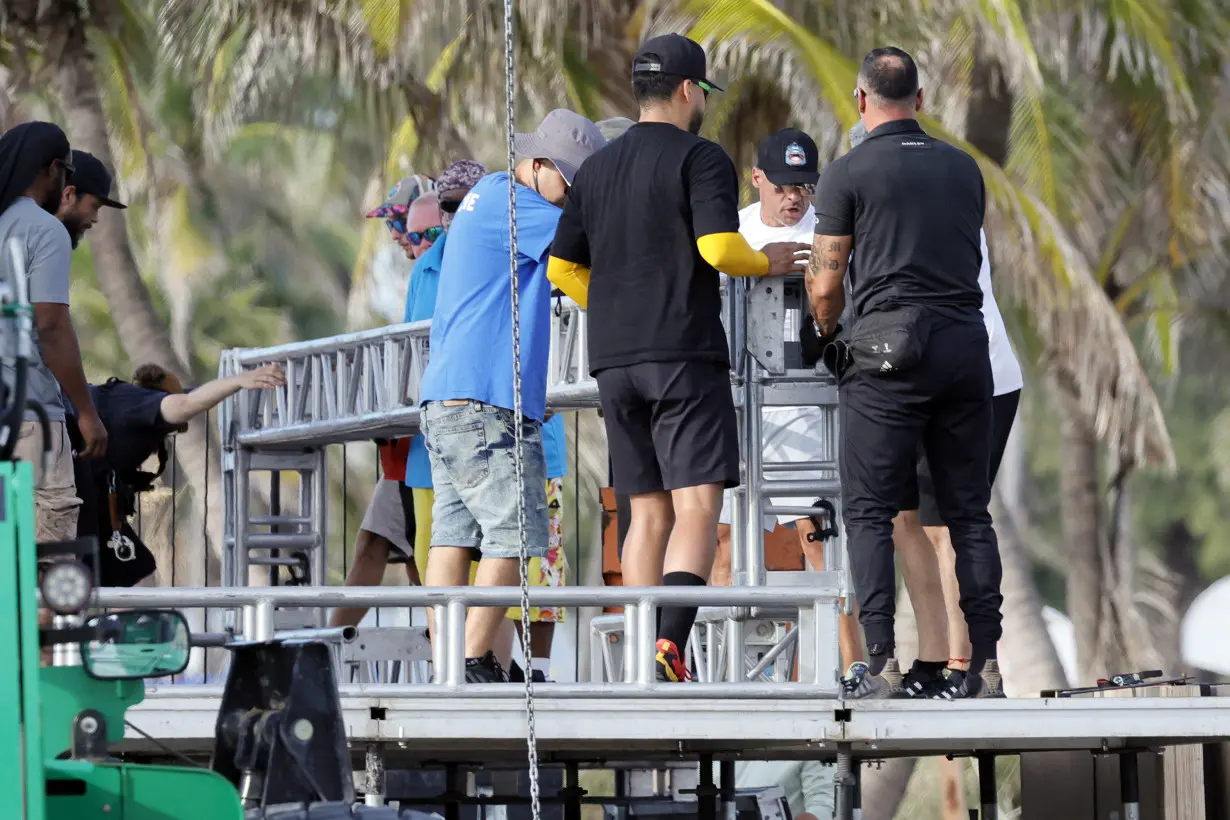
World Weather Attribution, a collection of scientists that run rapid and non-peer reviewed climate attribution studies, found that human-caused climate change dialed up the thermostat and turbocharged the odds of that heat wave.
Meteorologists say those conditions were due to what some refer to as a heat dome — an area of strong high pressure centered over the southern Gulf of Mexico and northern Central America that blocked clouds from forming and caused extensive sunshine and hot temperatures.
Weather conditions in South Florida are not being influenced by Tropical Storm Beryl, which is still far out in the Atlantic Ocean. The storm is expected to become a major hurricane as it churns toward the west and the Caribbean.
“But it's always good to keep an eye on the latest forecast from the National Hurricane Center. And this is a great reminder to always be hurricane-prepared even before a system is out there,” Hadi advised people living in hurricane-prone areas.
For anyone living in an area affected by heat advisories, Hadi offers this advice: Take frequent breaks if you are outside, stay hydrated and wear light clothing that reflects the heat.
And most importantly, watch out for children and pets.
“One thing that I really try to hit home is telling people to always look before you lock,” Hadi said. “You always want to look in the back seat to make sure you don’t leave your child or a pet back there. Even if the outside temperature is 90 degrees or 95 degrees, the inside of a car heats up rapidly. And unfortunately a lot of children pass away due to that.”
____
Miller reported from Oklahoma City.

 Italy, Albania, UAE sign deal for energy subsea interconnection
Italy, Albania, UAE sign deal for energy subsea interconnection
 European shares advance as bond yields ease; soft inflation powers UK stocks
European shares advance as bond yields ease; soft inflation powers UK stocks
 Bank Indonesia delivers surprise rate cut to support growth
Bank Indonesia delivers surprise rate cut to support growth
 Novak Djokovic breaks a tie with Roger Federer for the most Grand Slam matches in tennis history
Novak Djokovic breaks a tie with Roger Federer for the most Grand Slam matches in tennis history
 China's RedNote: what you need to know about the app TikTok users are flocking to
China's RedNote: what you need to know about the app TikTok users are flocking to
 British author Neil Gaiman denies ever engaging in non-consensual sex as more accusers come forward
British author Neil Gaiman denies ever engaging in non-consensual sex as more accusers come forward
